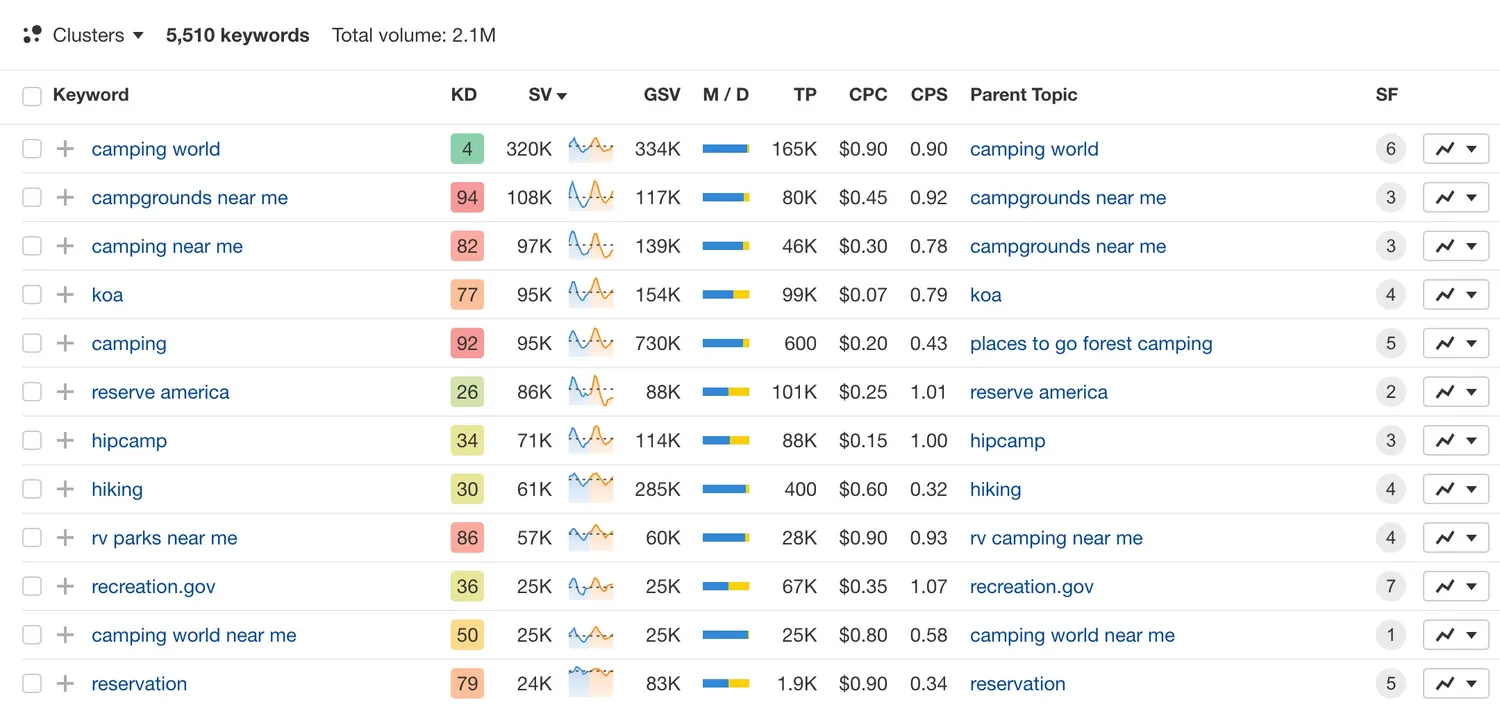
Let’s be honest: when it comes to SEO, nothing sparks curiosity (or controversy) quite like Domain Rating (DR). It’s that bold little number beside your domain, tempting you to believe the higher it climbs, the closer you are to Google’s front page. But here’s the kicker — it’s not even a Google metric. Still, people obsess over it like it’s gospel. So what happens when that obsession turns into manipulation? Welcome to the shadowy world of DR gaming.
Behind every jaw-dropping DR score lies a strategy — sometimes legitimate, sometimes questionable, and sometimes downright shady. In this article, we’re diving deep into the hidden world of DR inflation: the tactics, the tools, and the tricks that inflate those scores and fool even seasoned SEOs. Some of it will surprise you. Some of it might even sound familiar.
First, let’s unravel what DR is — for the uninitiated. Domain Rating, coined by Ahrefs, is a metric that measures the strength of a website’s backlink profile on a scale from 0 to 100. The more high-quality backlinks your site has, the higher your DR. That sounds simple enough, right? But like all things SEO, what’s simple on paper often becomes a battlefield in real life.
One of the oldest tricks in the book is acquiring expired domains with an already high DR. These are domains that were once active, had authority, and were trusted by other sites. When they expire, savvy marketers snap them up, rebuild a site, and redirect traffic — and backlinks — to their main project. On the surface, it looks like a sudden spike in authority. In reality, it's just digital recycling.
Another tactic? PBNs — Private Blog Networks. Despite Google’s warnings and the risk of penalization, PBNs remain wildly popular. Why? Because they work — at least temporarily. PBNs are a collection of websites, usually built on expired domains, that exist solely to link to a main site and inflate its backlink profile. These links can pass DR juice fast, and the network is often designed to look natural. But dig deeper, and you’ll find a house of cards waiting to collapse.
Then there’s the guest post game. Don’t get us wrong — guest posting, when done right, is a legitimate and valuable strategy. But in the world of DR gaming, it becomes transactional. People pay for placements on high DR blogs, not for the value of the content, but for the link. These are not true editorial mentions; they’re link drops disguised as collaboration. In fact, entire marketplaces exist where you can buy DR 70+ links like items in a shopping cart. The higher the DR, the higher the price tag. And buyers? They’re not thinking about the audience — only about boosting that shiny number.
Domain Rating is a vanity metric.
Now, let that sink in. Yes, DR feels great. It can be a confidence booster and even impress potential partners or clients. But it doesn’t always correlate with organic traffic. You can have a DR 80 site that gets less than 100 visits a month. Why? Because DR doesn’t measure user experience, content quality, or even relevance. It only measures links. And links, as you’ve just seen, can be manipulated.
Another tactic flying under the radar is link exchanges. This isn’t new — it's just been modernized. Instead of direct exchanges, which are easy for algorithms to detect, marketers now use ABC link exchanges. Site A links to Site B, Site B links to Site C, and Site C links back to Site A. It’s a closed circle that spreads link equity around without triggering obvious red flags. But make no mistake, it’s still gaming the system.
And let’s not ignore the rise of scraper sites. These are low-quality sites that automatically republish content from other blogs. Often, they keep the backlinks intact, meaning your site could unknowingly benefit from hundreds of links pointing back to you — links you never earned or requested. While this might sound like a happy accident, it’s also incredibly risky. Google is getting better at detecting these patterns, and if your site becomes associated with spammy backlinks, the fallout can be brutal.
So what’s the takeaway in all of this?
The world of DR manipulation is real. It’s clever, often invisible on the surface, and for some, it’s incredibly effective — at least for a while. But it also comes with risks. Gaming the system might give you short-term wins, but long-term trust is hard to rebuild once it's lost. And here’s the truth that most won’t admit: a high DR doesn’t guarantee high rankings. You can game your DR all you want, but if your content doesn’t solve problems, engage users, and actually provide value — the traffic just won’t stick.
Google’s algorithm has grown smarter. It looks at more than just backlinks now. It looks at behavioral metrics — time on site, bounce rate, dwell time — signals that no amount of DR manipulation can fake. So while some people are busy crafting link wheels and hunting expired domains, the real winners are quietly building brands that last.
There’s no harm in understanding DR. In fact, it’s useful as a general health check for your backlink profile. But treating it like the holy grail? That’s where things go wrong. It’s a metric, not a mission. And just like chasing vanity followers on social media, chasing vanity metrics in SEO can leave you feeling hollow when the numbers don’t translate into real growth.
In the end, the best SEO strategy is still the simplest one: create great content, earn trust, and build real relationships. Because while metrics can be gamed, genuine authority cannot.
Now, the next time someone flaunts their DR score, you’ll know exactly what might be going on behind the scenes. And more importantly, you’ll know that true success lies not in numbers — but in impact.